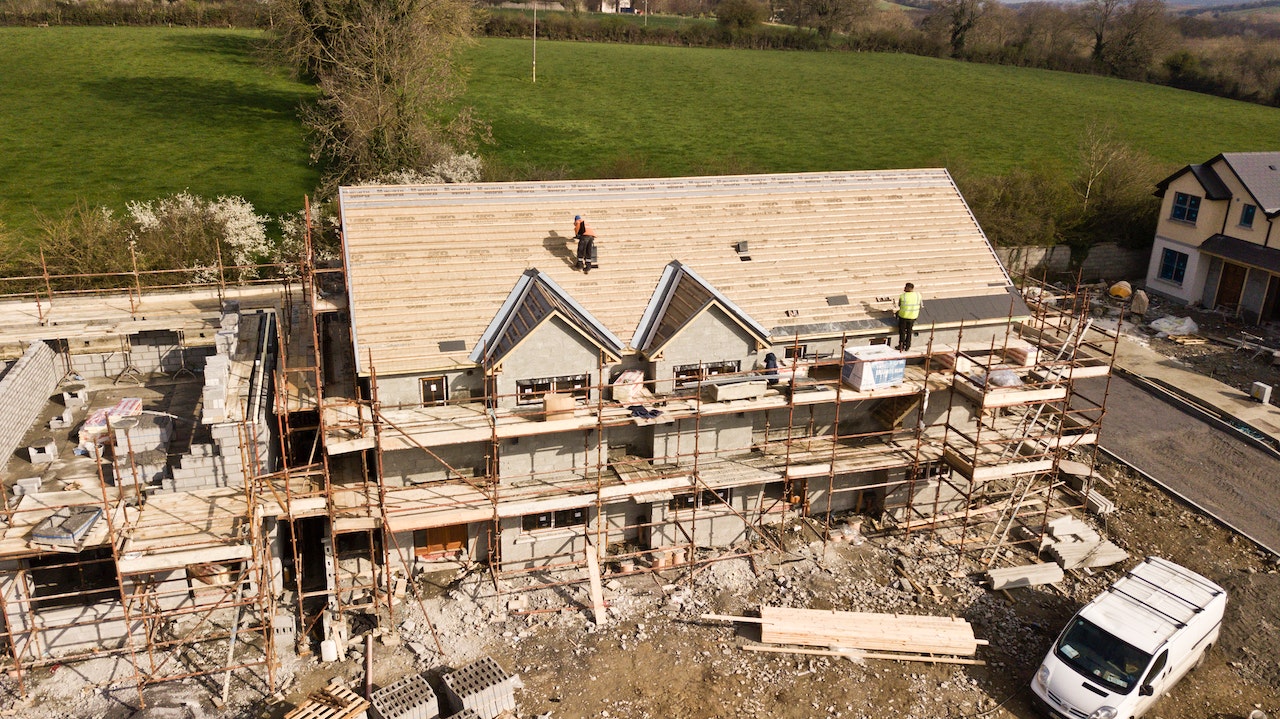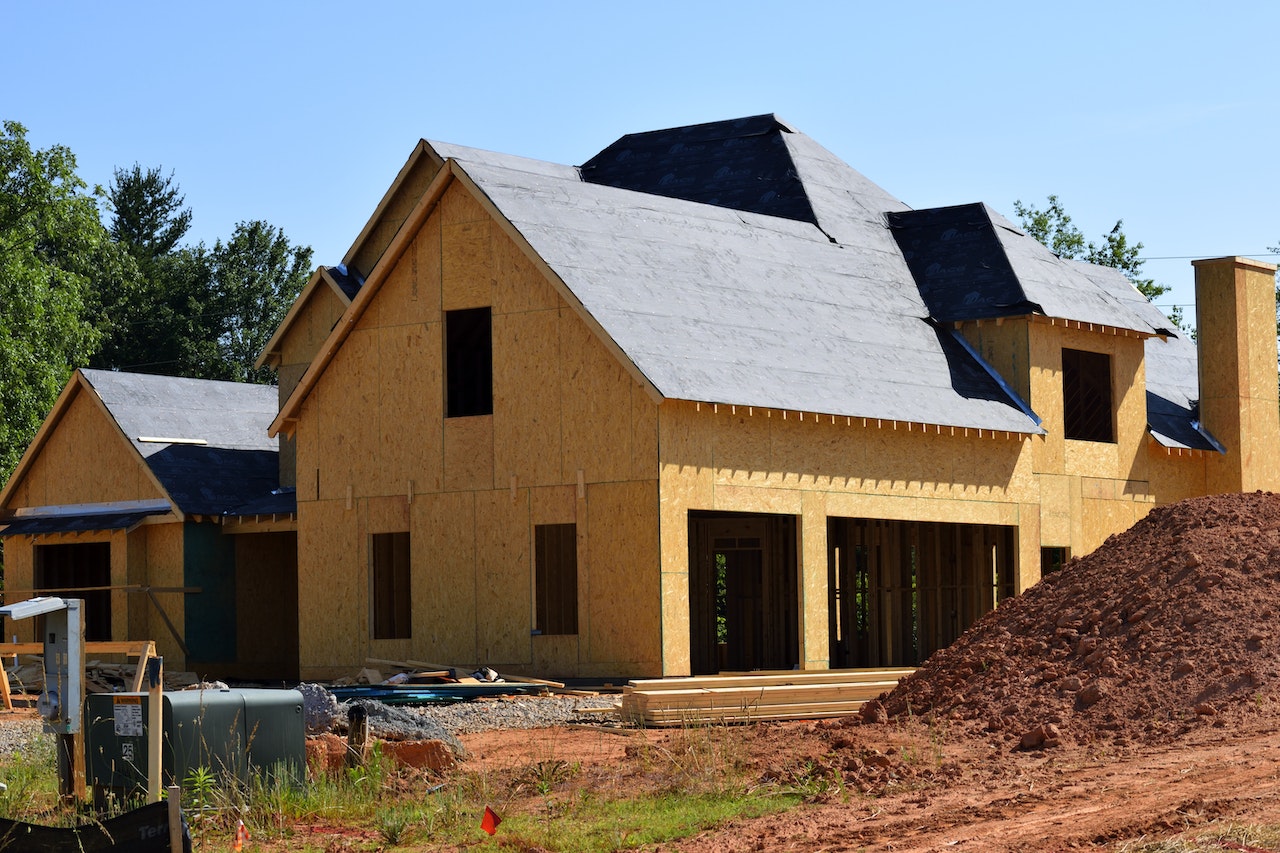Roofing is an important part of any home. It protects the interior of your home from all sorts of damage, and it also looks good for those who can see it from the outside. But how well do you know roofing? In this blog post, we will discuss what a roof is made up of, what materials are used to create roofs, how much they cost on average and more!
What Is Roofing
Roofs are primarily made up of three things: roofing material, water proof membrane and insulation. You will see the roofing material on top of your house or business building. It may be a red or green metal sheet (steel), concrete tiles, wood shingles, etc… Roof waterproof membranes keep the elements outside while protecting from leaks and cracks in walls underneath it. Insulation keeps homes warm in winter and cool in summer by trapping air inside. It is important to note that roofs are not just one material, like most people think. They are a combination of three different materials that all have their own function in the roofing process.
How To Choose A Roof
There are three main factors to consider when choosing a roof. First, you must check how well the material will fit your home or business building’s style and design. Second is if it has all of the features that you want in a roofing material, like being waterproof or fire-resistant as an example (remember, one roof may have several materials). Last but not least, think about durability – this includes rust-resistance and wear resistance for metal sheets as examples. There are many different types of roofs on today’s market, so do your research before deciding which is best.
When Should You Replace Your Roof
Every roof will eventually need to be replaced, but you should also consider if it was installed correctly in the first place. If not, then there is a chance that your new roof may start leaking or cracking again and costing you more money down the line.
The three main parts of roofs are:
-Roofing material – this protects from rain
-Waterproof membrane – helps protect against leaks and water damage
-Insulation – provides warmth during winter months and cooling in summer months; insulates an area by trapping air inside
There are many factors when choosing which type of roof is best for you including style, materials used, durability etc… Make sure to do research before deciding on one!
The Different Types Of RoofsThere are many different types of roofs with their own benefits and drawbacks. For example, a metal roof is typically very durable but may rust if not cleaned properly while an asphalt shingle roof will look good from far away or close up. The three most popular types of roofs in the United States today:
-Metal Roof – this type of roofing material has been around for centuries because it lasts well; it can be installed quickly too but needs to be cared for more often than other materials like wood or concrete tiles (this includes washing)
-Asphalt Shingle Roofs – these rooftops are common on homes and offer a great combination between cost and durability as they last 20+ years on average
Common Problems With Roofs And How To Prevent Them
Some common problems that can occur with roofs are leaks, cracks and blisters. These issues usually happen when the roofing material is too old or has been installed improperly in the first place. Leaks can be caused by a variety of things including damaged tiles, shingles or flashing (a type of metal sheet on the edge of your house). Cracks may have been created due to poor installation materials like asphalt shingle sheets not being attached properly from underneath them.
To prevent these types of issues it is important to check for any damage before installing new roofing material – this includes checking if there are any holes in insulation boards which would allow water inside during storms etc… It’s also good idea to keep an eye out for warning signs
When Should I Get My Roof Inspected
It is important to have your roof inspected and repaired by a professional every year. The most common signs of possible problems are leaks, cracks or blisters – these usually happen when the material has been around too long or wasn’t installed properly in the first place (a new installation could be avoided if there were any of these during an inspection).
Every roof will eventually need to be replaced, but you should also consider if it was installed correctly in the first place. If not, then there is a chance that your new roof may start leaking or cracking again and costing you more money down the line.
Why Do You Need A Roof
Roofs are built on top of buildings to protect them and keep the inside dry. They often have a layer called flashing that wraps around the edges, which helps prevent water from leaking underneath it.
There is also insulation material in between layers, so if you live somewhere cold you will be protected against heat loss during winter months where insulation may make your house warmer by trapping air inside. In hotter climates insulating a roof can help cool down an area when there’s more sun present outside – making for better living conditions all year round!
It is important to have your roof inspected and repaired by a professional every year. The most common signs of possible problems are leaks, cracks or blisters – these usually happen when the material has been around3 … Read the rest

